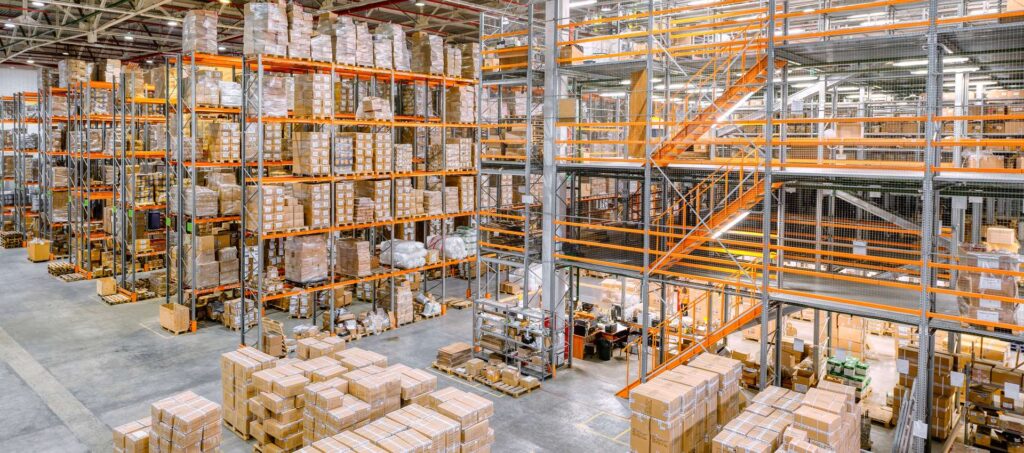How to optimize warehouse layouts and material flows

An efficiently designed warehouse layout minimizes labor and material handling while maximizing productivity and accuracy. Optimizing the arrangement of zones, storage, aisles, equipment, and flows streamlines order fulfillment. Review structural elements like bay doors, loading docks, clear ceiling height, flooring materials and load capacity, utility access, lighting placement, ramps, and other fixed aspects that impact layout possibilities. This provides the foundational parameters.
Conduct an in-depth analysis mapping out all processes and work sequences from receiving through shipping including put-away methods, inventory controls, pick paths, packing, QA checks, and material flows. Identify any redundant motions or bottlenecks. This illuminates improvement areas. Analyze historical data on inventory profiles like SKU counts, dimensions, turnover rates, and velocity patterns. Inventory statistics like cube utilization, duration, and access frequency help determine optimal storage locations and picking sequences. Classify ABC goods.
Evaluate material handling mix
Assess the throughput capacity and costs of current warehouse equipment like lift trucks, conveyors, and racks, mezzanines, and AS/RS systems. Weigh capital outlay against the long-term benefits of automation, robotics, and technology that could offset labor, improve accuracy and adapt to seasonal peaks. Classify inventory by velocity, rotation, and attributes to guide systematic slotting into applicable picking zones. Fast movers in primary pick zones, slower items in reserve storage, bulkier goods near docks, temperature-sensitive stock in appropriate areas, and hazardous materials separated safely check out this https://logisticsbid.com/.
Optimize pick path directness
Minimize pick travel distance through layout adjustments like moving high-velocity pick zones closest to the depot and packing stations. Analyze order data for pick frequency patterns. Reduce turns, crisscrossing, and backtracking through an aligned layout. Shorten the overall route. Here are some strategies and technologies to optimize pick path directness:
- Class A items are in high demand and should be stored closer to the picking area, while Class B and C items be placed farther away. This minimizes the distance traveled by pickers for high-demand items.
- Regularly review and adjust the placement of items within the warehouse based on their demand patterns. Group frequently picked items together and place them in easily accessible locations to reduce pick path distances.
- Divide the warehouse into zones and assign specific pickers to each zone. This way, pickers become familiar with the layout of their assigned zone, leading to faster and more efficient picking.
Improve lines of sight
Open sight lines through the warehouse improve visibility for safe, efficient navigation of material handling equipment like lift trucks. Adjust storage racks, shelves, conveyors, and aisles to maximize sight direction. Use floor markings and mirrors to address blind spots.
Ensure adequate aisle width
Analyze material handling equipment mix and dimensions. Ensure aisle widths allow easy turning and passing with buffer clearance. Account for possible future larger equipment. Standardize aisle widths where possible for simplicity.
Incorporate Ergonomic Considerations
They are position Pick zones, pack stations, equipment, and supplies conveniently to minimize bending, twisting, and reaching motions that increase worker strain and injuries. Adjust workbench and shelf heights accordingly. Prioritize worker safety. Optimized warehouse layouts and process flows boost accuracy, speed, safety, and profitability. Regularly refreshing layouts using data-driven assessments and modeling helps tune operations long-term as inventory, equipment, and order profiles evolve.






